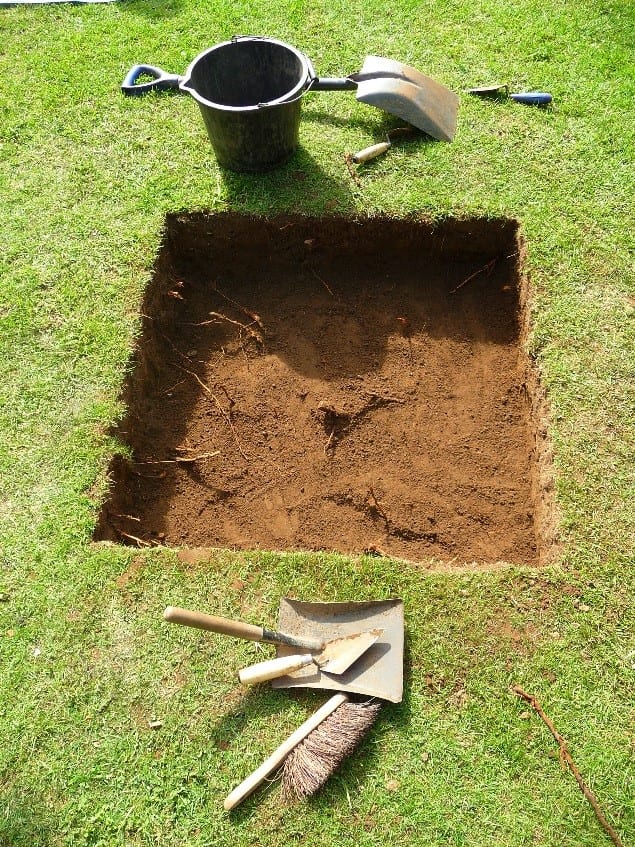The Problem:
Throughout Europe, rural communities are challenged by demographic, economic, and technological changes as young people move to cities and/or new people move into villages, technological innovations reduce employment, digital communications and social hub closures reduce face-to-face communication and public sector funding for community programmes and transport is scaled back. These changes affect people’s attachment to place and community, affecting well-being. Challenges vary in pace and character in different places, but all European member states are affected in some of the above ways.

Proposed solution:
One UK heritage practice which has helped meet societal challenges is community test pit excavation (TPE). This involves members of the public in excavating multiple 1m square archaeological trenches (called ‘test pits’) in different places within the same rural settlement and mapping the finds to discover how settlements developed over time. In the UK the impact of this on volunteers and communities has helped build social capital, increase community cohesion and enrich lives. CARE-MSoC will explores how community TPE works in different countries and develop toolkits to facilitate this in the future.

Reasons for this approach:
TPE has specific characteristics which help it achieve wider societal benefits:
- It uses a co-produced participative approach which integrates lay and expert knowledge and resources giving communities an equal, democratic hand at all stages from finding sites for excavation through carrying out the excavations to exploring the outcomes.
- Community TPE umbilically connects rural communities to their own local heritage because people are excavating in familiar everyday domestic locations such as gardens or other unbuilt-up land within villages or small towns they live in.
- The excavations make genuinely new and important discoveries about the long-term development of subaltern rural communities, enhancing the value of volunteers’ contribution to others (including the local community, researchers, and the heritage sector), and thereby to themselves.
- Because all the pits are the same size and follow the same methodology, they offer the same opportunities to different people in different places and the data (social and archaeological) from different communities can be directly compared.
